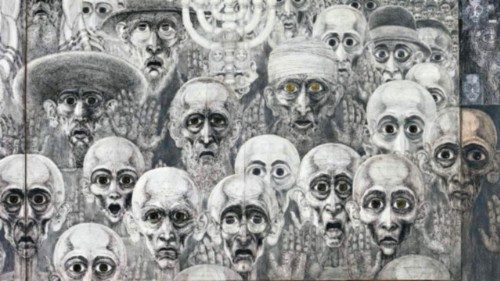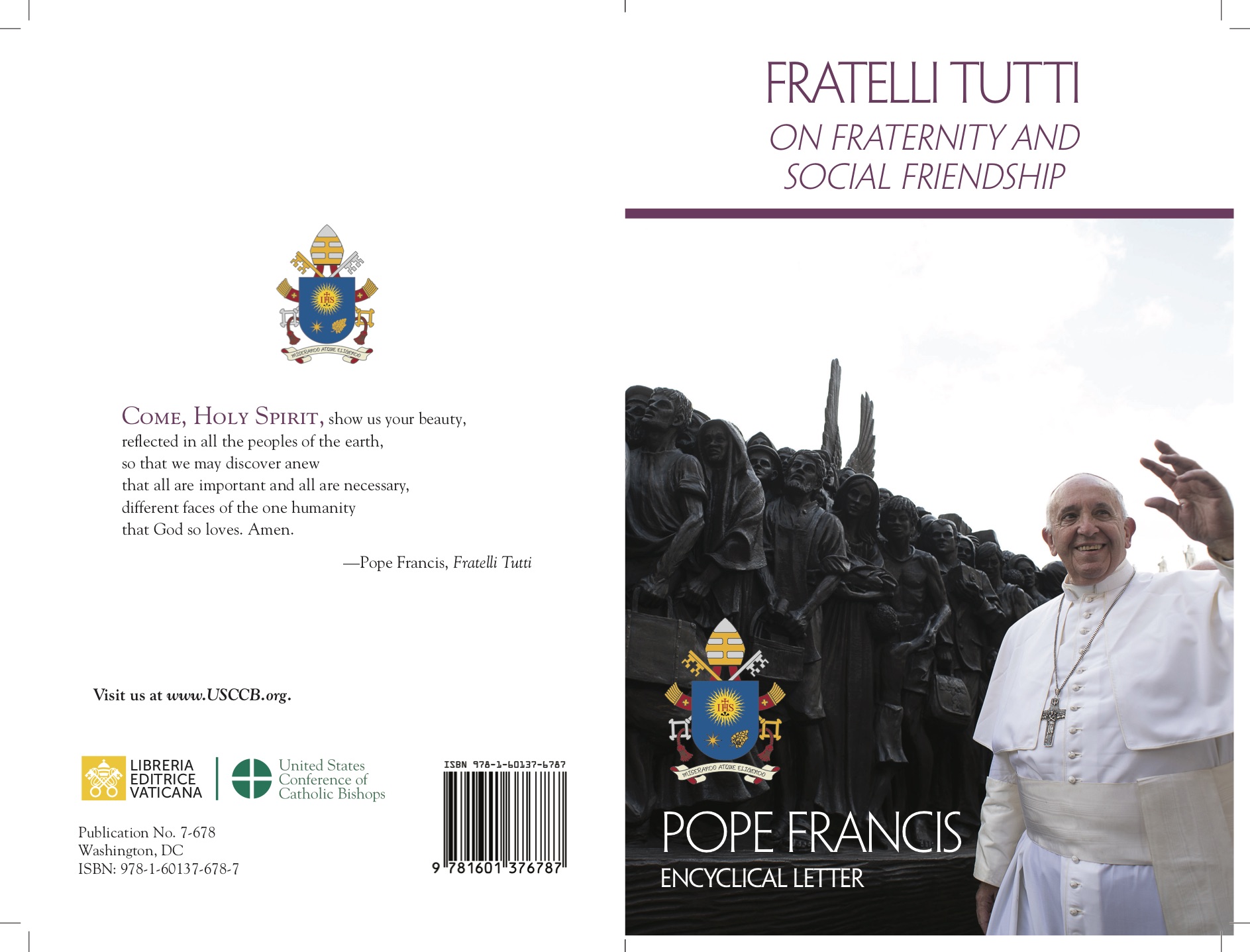
In the Polish village of Harmęże, prayer intertwines with the memory of those who suffered and perished in the German Nazi concentration and extermination camp, Auschwitz-Birkenau. Once a subcamp of Auschwitz, Harmęże is now home to a Franciscan monastery and the Saint Maximilian Kolbe Center, a place for prayer, reflection and education.
Karol Darmoros
Harmęże bears the scars of history. In the spring of 1941, the village was depopulated and demolished by the Nazis, who established the Harmęże subcamp in its place. Prisoners were forced to endure grueling labor under brutal conditions, working at large fishponds into which the ashes of Auschwitz-Birkenau victims were often discarded.
Speaking to Vatican media, Father Kazimierz Malinowski, director of the Saint Maximilian Center, discusses the 80th anniversary of Auschwitz’s liberation and the enduring significance of memory and love in confronting the darkest chapters of human history. “There has always been an awareness of the unique weight of this place,” explains Father Malinowski. “That’s why we Franciscans are here. The Center was founded out of profound gratitude to God for Saint Maximilian Kolbe and his canonization. Cardinal Franciszek Macharski designated this place, which used to be a part of the camp.”
Saint Maximilian Kolbe Center:
A Sanctuary of Victorious Love
Today, the Center serves as a hub of prayer and spiritual formation. This mission took on on a special significance on January 27, when a Mass was celebrated to mark the 80th anniversary of Auschwitz’s liberation. Representatives from nearly 60 nations and international organizations — including monarchs, presidents, and government officials — gathered for the commemoration at the gates of Birkenau.
Known as the Sanctuary of Victorious Love, the Center offers a profound response to the question, “Where was God in Auschwitz?” Father Malinowski reflects on this: “The answer lies in the testimony of Saint Maximilian Kolbe, who gave his life for fellow prisoner Franciszek Gajowniczek. Through his sacrifice, Saint Maximilian bore witness to God’s victorious love — a love that could prevail even in the face of unimaginable evil. On July 29, 1941, he made the ultimate offering of his life in the camp’s yard.”
‘Memory Frames’ by Marian Kołodziej:
Art and Reflection
One of the Center’s most poignant features is the exhibition Memory Frames: Labyrinths, created by Marian Kołodziej, a celebrated stage designer and Auschwitz survivor from the first transport of prisoners. It was only 50 years after the war, following a stroke and partial paralysis, that Kołodziej confronted his camp trauma through art.
“The exhibition can be seen as a dialogue between Kołodziej and Saint Maximilian — a conversation about values and the moral boundaries humans must not cross to preserve dignity and humanity,” explains Father Malinowski. “This is a central theme of the exhibition, which deeply resonates with contemporary visitors.”
The display, which includes over 40 drawings, inspires reflection on modern manifestations of evil. As Kołodziej himself remarked, Auschwitz is ever-present in the various forms of hatred that still plague the world.
Engaging the Next Generation
The Center is also introducing new educational initiatives aimed at young people. After visiting the exhibition, participants are invited to engage in structured discussions and guided reflections.
“Many young people leave the exhibition deeply moved,” says Father Malinowski. “Starting this year, we want to offer them the chance to gather immediately afterward to share their thoughts and emotions. Using specially designed educational methods, they will reflect on what they’ve experienced and the lessons they can draw for their lives today.”
Prayer and Remembrance in Harmęże
Looking ahead, the Saint Maximilian Center plans to renovate its Stations of the Cross, initially brought from the gravel pit at Auschwitz. The Center also organizes regular prayers for the camp’s victims.
A symbol of deep spiritual strength is the Our Lady Behind the Wires figurine, carved by Auschwitz prisoner Bolesław Kupiec. “This figurine is the patroness of Oświęcim families — those whose ancestors passed through Auschwitz — and a reminder of the spiritual resilience of the prisoners,” Father Malinowski shares.
Through prayer, education, and memory preservation, Harmęże remains a sanctuary of love. In this place, the triumph of compassion over hatred is remembered and lived.













 Purchase the Encyclical here Fratelli Tutti
Purchase the Encyclical here Fratelli Tutti
